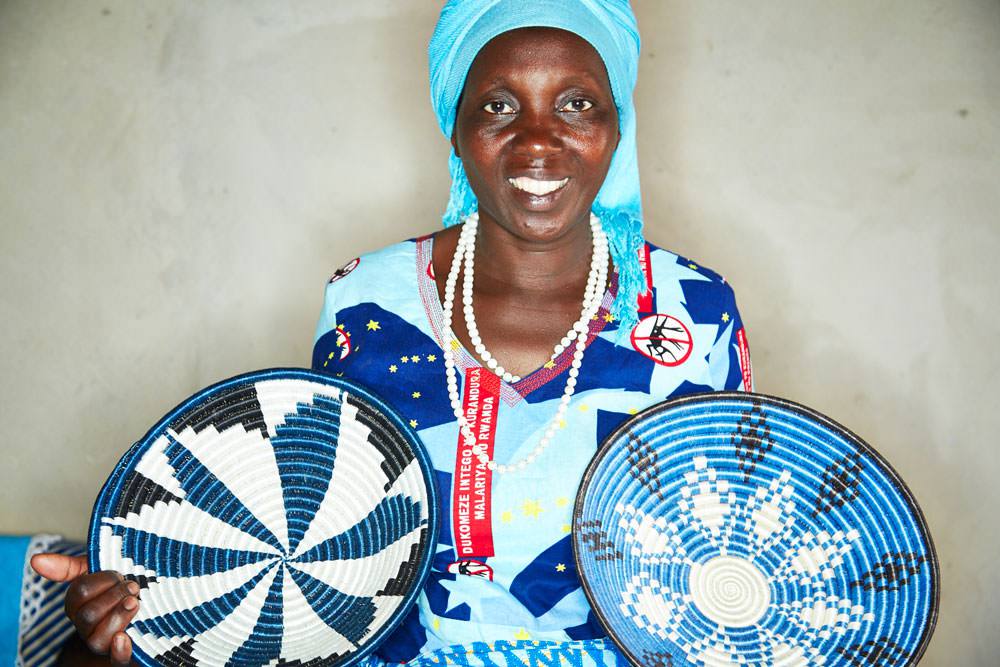One of the questions I get asked most frequently is "where do you find all of these things?" Or, how do I source merchandise for the Habitation Co. shop. Of course, the most romantic answer is the one involving me wandering outdoor markets and bazaars in exotic countries, digging through piles of textiles and handicrafts, engaged in friendly bartering banter with the shop keepers. And, yes, while this is how I have found a few items in the shop, the methods I use for the majority of ordering may seem surprisingly simple and modern... I go online.
My goal as I set out to build Habitation was not to try to re-invent the wheel of Fair Trade businesses or to become a manufacturer of goods- I knew that my plan was strictly retail, as in, I sell things that other people produce. This decision was a natural one because my background has been in working for small retail businesses, and I know absolutely nothing about actually making products for wholesale. But it also stems from the fact that I have a difficult relationship with many other Western-owned (read white-female) "fair trade" businesses that dictate the styles and types of products the artisans make (based on Western, white-female trends). I have started several other posts along these lines, but I want to tread carefully as my thoughts and opinions are constantly evolving along with my own business. Simply, I knew that I wanted to build a retail business with companies/products that reflect my own values (yes, as a Western white-female) as well as the integrity and creative freedom of the artists and artisans who produce them, and not just what fashion trends dictate.
The good news is that our world is more interconnected than ever and there seems to be a global-shift happening in terms of sustainable and ethical manufacturing practices. Platforms like social media sites have also made the Internet a giant melting pot of styles, trends, and standards in terms of fashion and design, particularly among the Gen Y crowd. In terms of "conscious fashion" and environmentalism, there has truly never been a better time to find fashion-forward yet authentic, ethically-produced pieces for your home and wardrobe.
Habitation was ultimately born out of my own desire to buy/use/wear more sustainable and ethical products without compromising my personal style or twenty-something budget. I simply didn't like having to choose between something stylish and something that wasn't made using slave labor. When many people, myself included, think of "fair trade" products they think of expensive coffee, chocolate, tie-dye, felt, and incense- your local health-food store probably has an entire aisle dedicated to these products. While I think all of the above are great, I knew that there was a much bigger, untapped market of "fair trade" products out there... I would just have to go find them.
And here's how:
1. Online
I started my hunt for merchandise by combing through websites of larger players in the ethical/sustainable movement: The Fair Trade Federation, Fair Trade Africa/India, World Fair Trade Organization, etc. and searching through hundreds of individual websites and thousands of products picking items out one at a time. I have also connected with other vendors through social media and platforms such as Etsy and Pinterest. I now have a dozen or so companies that I repeatedly order from whose quality is in line with my (very high) standards.
2. Travel
I also made a running list in my phone each time I came across a product in a shop or while traveling that I felt would be a good fit for Habitation. Some of the smaller vendors may have only an email address or a Facebook account, whereas larger companies have distribution centers right here in the U.S.. Some of these orders have looked like shady wire transfers and inconspicuous cardboard boxes miraculously showing up on my porch days or weeks later. Others have been through PayPal, Square, and other handy tools.
3. Merchandise Markets
One of my goals for last year was to attend 1-2 merchandise markets which was super easy as there is a smaller show in LA twice a year. In terms of variety and quality of vendors, the bigger shows in Vegas, New York, and Texas likely have a lot more to offer, but the LA show was a good taste of what a merchandise market is like- which, as it turns out, is not very different from the markets in India and Africa. In the end I did find a few local vendors ( tea towels, and jewelry) that have been a great fit for the shop. I am hoping to be able to attend a bigger show in the future when a business trip is in the budget.
4. Recommendations
Another way that I have found products for the shop is through recommendations from friends who have either stumbled across a great item while on their own travels and adventures or know of an artist or maker who they felt would be a good fit. I love discovering new people to work with, and the more eyes out there searching for treasure, the better!
What products would you love to see more of at Habitation Co.? Home Decor, accessories, etc... what's on your "wishlist" for this season?
Do you have a favorite ethically-produced or sustainably-sourced product that you think would be a great fit for Habitation Co.? I'd love to support other creative businesses and share them with our corner of the world. Drop me a note at info@habitationco.com
























